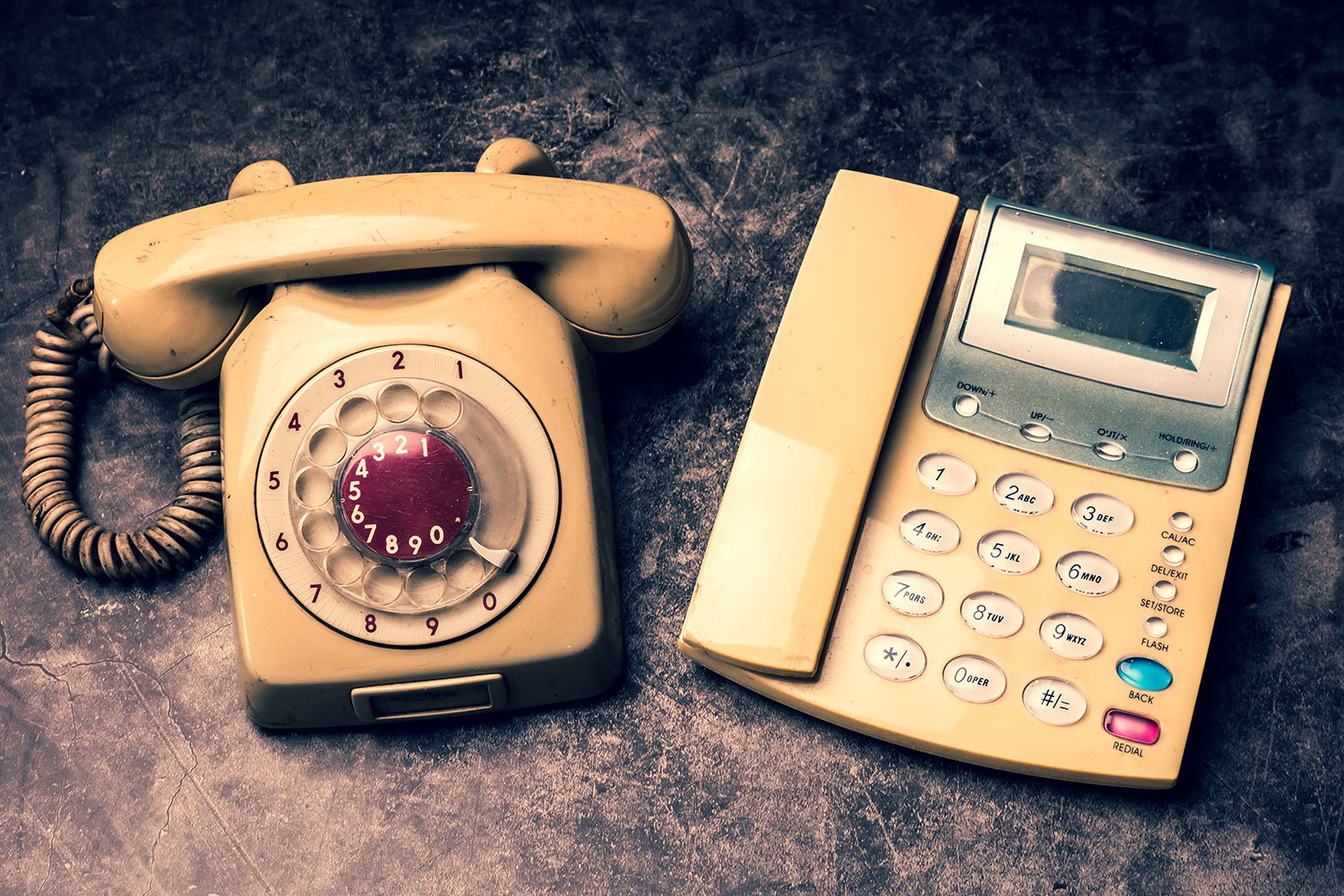In a world of rapid technological advancement, clinging to an outdated legacy phone system can be like running a marathon in lead boots. It’s slowing you down, draining your resources, and putting you at a serious disadvantage compared to competitors who have embraced the future of communication – VoIP (Voice over Internet Protocol).
But what exactly are the hidden costs of legacy phone systems, and how is that outdated technology hindering your business? Let’s dive in and calculate the true cost.
The Price You Pay for Outdated Phone Systems
- Sky-High Maintenance Costs: When your phone system relies on aging hardware, you’re at the mercy of equipment failures and dwindling spare parts availability. Maintenance costs escalate, with expensive service calls and emergency fixes the norm. It’s like fixing a leaky faucet with duct tape – the problem will keep coming back, and it’ll get costlier each time.
- Missed Opportunities for Scalability: Legacy phone systems are notoriously rigid. Adding lines, expanding to new locations, or accommodating a growing workforce can be a nightmare. This translates to lost business opportunities and frustrated employees – a recipe for stagnation, not growth.
- Feature Stagnation: If you think your legacy phone system is just about making calls, you’re missing out on a world of innovation. VoIP offers features like video conferencing, instant messaging, CRM integration, call analytics, and more. Your outdated setup is leaving productivity gains and seamless collaboration on the table.
- Security Risks Abound: Legacy phone systems weren’t built with today’s cybersecurity threats in mind. Vulnerabilities in your aging system open the door to hacking, toll fraud, and data breaches, putting your company’s reputation and finances at risk.
- Unreliable Service in the Face of Disasters: A natural disaster or a simple power outage can knock your legacy phone system offline, leaving you cut off from customers. VoIP solutions offer built-in redundancy and the ability to route calls through mobile devices – keeping you connected when it matters most.
Calculate the True Cost: Beyond the Direct Expenses
While increased maintenance and missed business opportunities are painful enough, the true cost of your legacy phone system can be far more insidious. Consider these less obvious factors:
- Employee Frustration and Lost Morale: Your employees rely on their phones to do their jobs. Clunky technology, unreliable service, and a lack of modern features breed frustration and lower productivity. This can lead to higher employee turnover and difficulty attracting top talent.
- Damage to Your Customer Experience: When calls drop, customers can’t get through, or agents lack essential information, your company’s reputation takes a hit. Modern customers expect seamless, efficient communication, and legacy systems can’t deliver that consistently.
- Hindered Innovation: In a fast-paced business world, agility is key. VoIP’s flexibility and integration capabilities empower teams to collaborate, experiment, and rapidly adapt to changing market conditions. Clinging to outdated tech slows you down, ultimately making it harder to innovate.
How Much is Your Legacy System Really Costing You?
It’s time to move beyond the nebulous concept of “cost” and put concrete numbers to the damage your legacy phone system is causing. Use this simple framework:
Direct Costs: Tally up maintenance fees, hardware replacement costs, long-distance charges, unexpected service calls, and any lost revenue due to system downtime.
Indirect Costs: Estimate lost productivity due to employee frustration (use average hourly wages multiplied by inefficient hours). Factor in lost sales opportunities and the potential cost of customer churn due to poor communication experiences.
Hidden Costs: Think about the long-term consequences. Consider the cost of missed innovation, competitive disadvantage, and damage to your brand reputation. While harder to quantify, these factors have a real impact on your company’s growth and future success.

